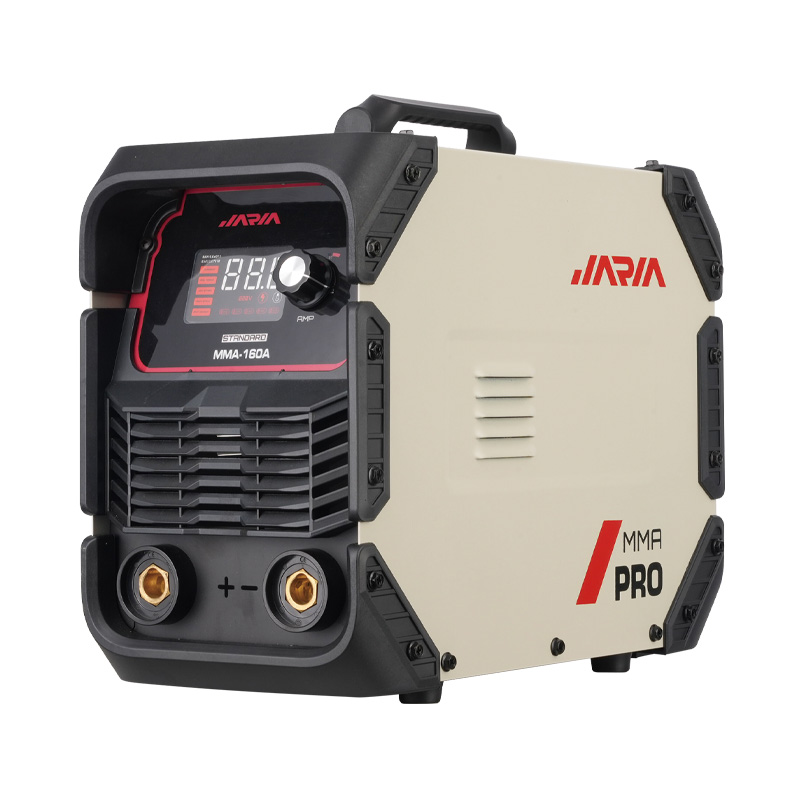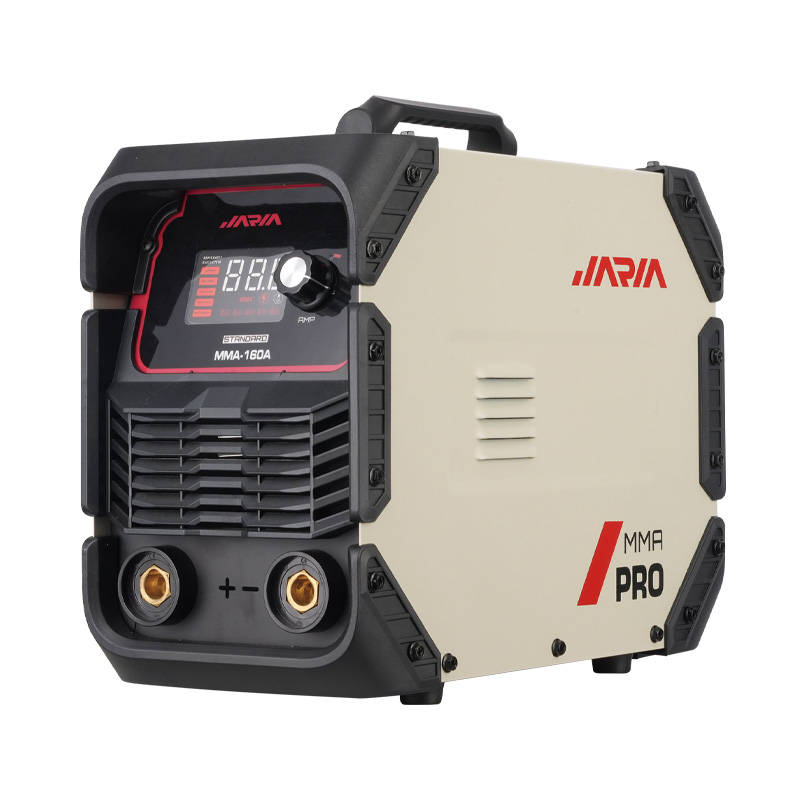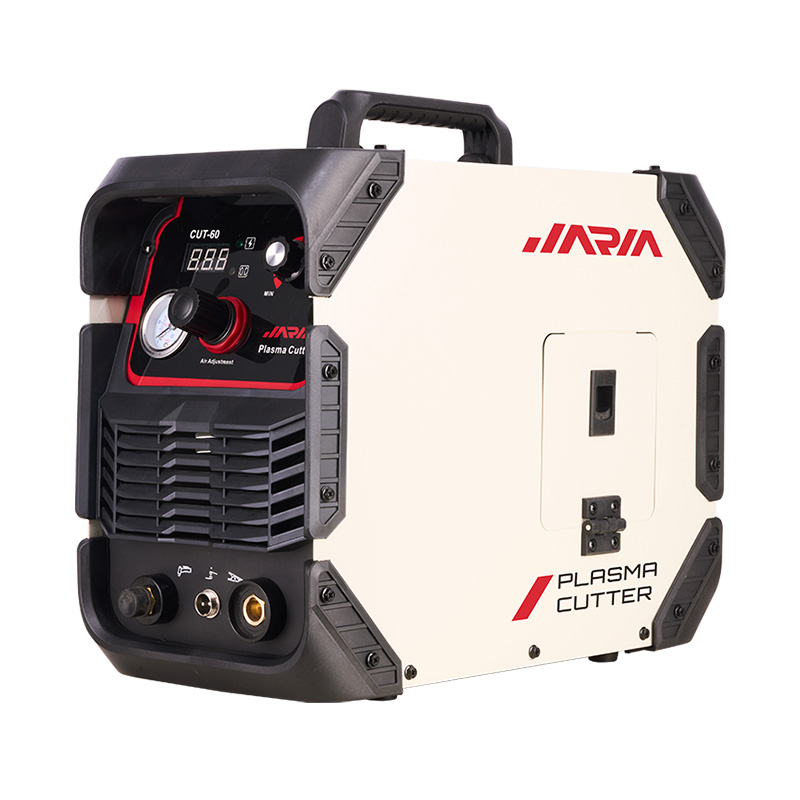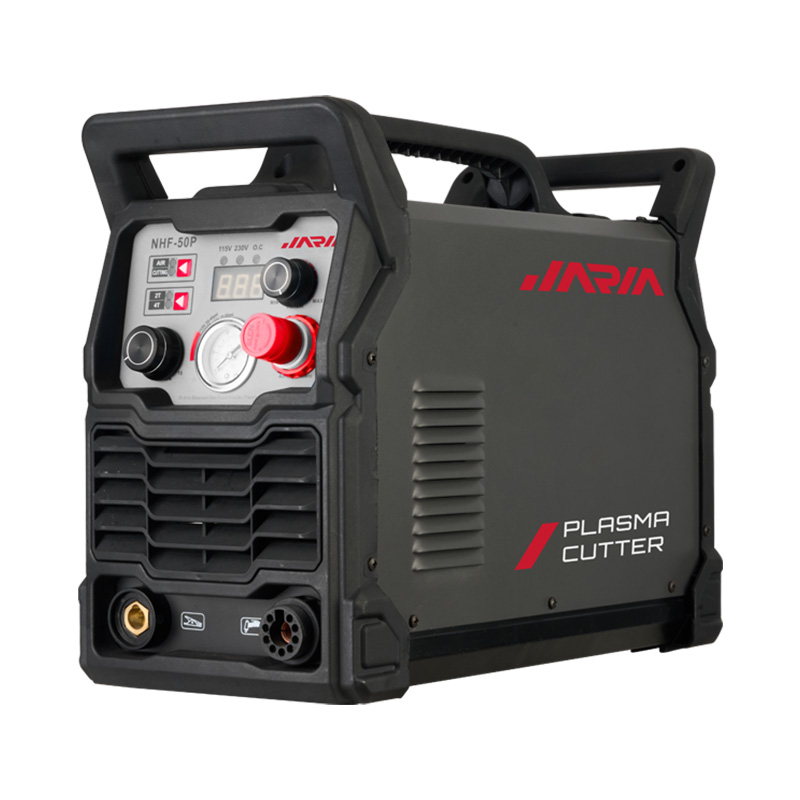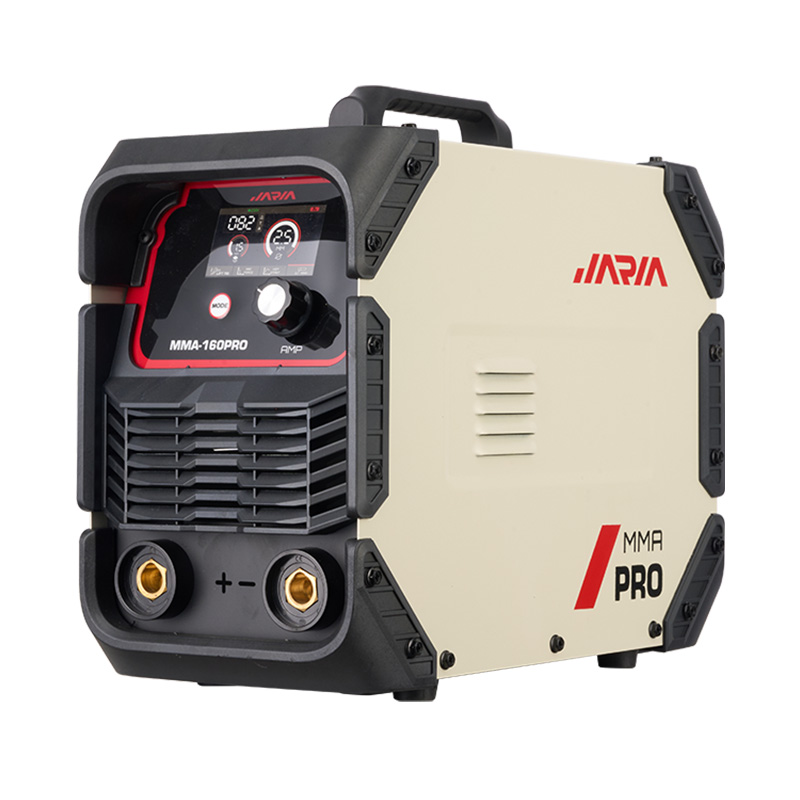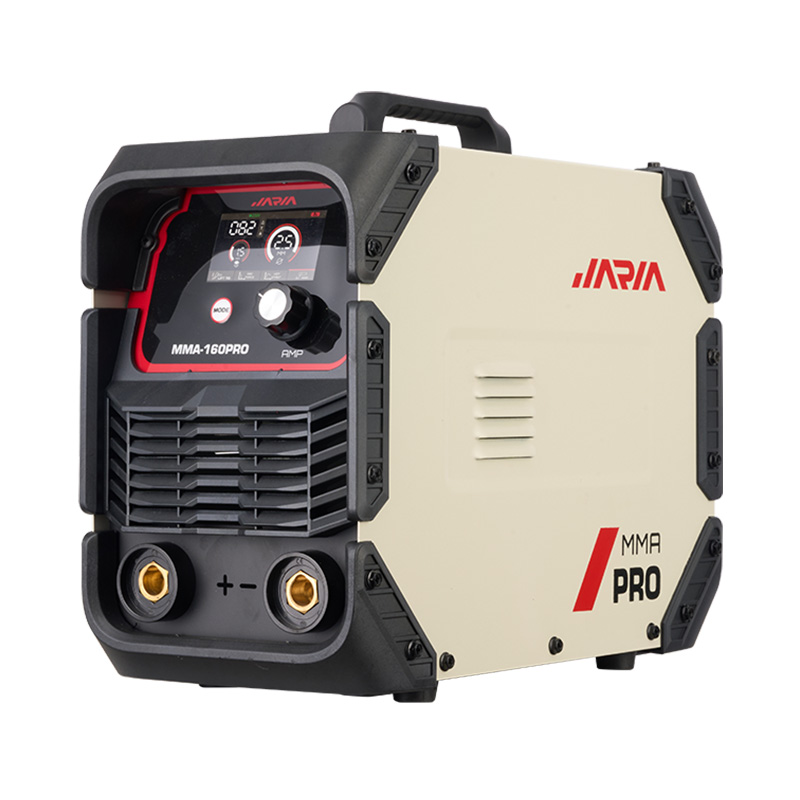Wholesale plasma cutter welder combo Manufacturer
In the rapidly evolving world of manufacturing and fabrication, the importance of efficiency and environmental responsibility cannot be overstated. Plasma cutter welders have emerged as pivotal tools in achieving these goals, thanks to their precision and versatility. This article explores how plasma cutter welders contribute to minimizing material waste and their environmental impact, highlighting the latest advancements and better practices in the industry.
One of the significant advantages of plasma cutter welders is their exceptional precision. Plasma cutter welders use a high-temperature plasma jet to cut through various materials, including metals, with remarkable accuracy. This precision allows for intricate cuts and detailed designs that traditional cutting methods might struggle to achieve. By making precise cuts, plasma cutter welders reduce the amount of excess material left over after the cutting process. This reduction in material waste translates directly into cost savings and more efficient use of resources.
For instance, in metal fabrication, the precision of plasma cutter welders ensures that cuts are made with minimal kerf (the width of the cut), which means less material is lost during the cutting process. This precision is especially beneficial in applications where every millimeter counts, such as in aerospace or automotive industries. Plasma cutter welders enable manufacturers to achieve tight tolerances and complex geometries, which significantly reduces the amount of scrap material produced.
The efficiency of plasma cutter welders is not only about precision but also about high quality material utilization. By reducing the amount of waste generated, plasma cutter welders contribute to overall cost savings. When materials are used more effectively, there is less need to purchase additional raw materials, thereby lower production costs. This efficiency is particularly advantageous for industries that work with expensive materials, such as stainless steel or aluminum.
Plasma cutter welders also offer the flexibility to cut a wide range of materials, which means manufacturers can optimize their material usage across different projects. This versatility allows for better planning and material management, further reducing waste and improving cost-effectiveness.
The environmental impact of manufacturing processes is a growing concern, and plasma cutter welders play a role in mitigating this impact. Traditional cutting methods often generate significant amounts of dust, fumes, and other pollutants. In contrast, plasma cutter welders produce a cleaner cutting process with fewer emissions. The plasma arc creates a high-temperature jet that efficiently cuts through materials with minimal production of harmful by-products.
Moreover, the precision of plasma cutter welders helps reduce the need for secondary operations, such as grinding or finishing, which often generate additional waste and pollution. By achieving cleaner cuts, plasma cutter welders contribute to a more sustainable manufacturing process, minimizing the overall environmental footprint.
Recent advancements in plasma cutter welder technology have further enhanced their ability to reduce material waste and environmental impact. Modern plasma cutter welders are equipped with advanced control systems that allow for precise adjustments of the cutting parameters. These systems enable operators to optimize the cutting process, ensuring minimal material loss and improved efficiency.
Additionally, innovations in plasma torch design have led to more efficient and precise cutting. New torch designs incorporate features such as improved cooling systems and better electrode life, which contribute to longer-lasting and more reliable performance. These advancements not only enhance the precision of plasma cutter welders but also reduce the need for frequent maintenance and replacement, further minimizing environmental impact.
To fully leverage the benefits of plasma cutter welders, manufacturers should adopt better practices for reducing material waste and environmental impact. These practices include:
Optimizing Cutting Plans: Before starting a cutting job, it is crucial to create a detailed cutting plan that maximizes material usage. By carefully arranging cut patterns and minimizing gaps, manufacturers can reduce waste and make the more of available materials.
Regular Maintenance: Regular maintenance of plasma cutter welders ensures that they operate at peak efficiency. Well-maintained equipment performs better, resulting in cleaner cuts and reduced material waste. Routine checks and timely replacement of worn parts contribute to the overall performance and longevity of the machine.
Training and Skill Development: Proper training for operators is essential to achieve the better results with plasma cutter welders. Skilled operators can make precise adjustments and optimize cutting parameters to minimize waste and improve efficiency.
Recycling and Reuse: Implementing recycling and reuse practices for scrap material can further reduce the environmental impact. Many manufacturers are exploring ways to recycle metal scraps and repurpose them for new projects, contributing to a more sustainable manufacturing process.
Plasma cutter welders have revolutionized the way materials are cut and welded in various industries. Their precision, efficiency, and reduced environmental impact make them indispensable tools in modern manufacturing. By minimizing material waste and improving overall efficiency, plasma cutter welders contribute to cost savings and a more sustainable approach to production.
As technology continues to advance, plasma cutter welders are expected to play an even more significant role in reducing environmental impact and optimizing material usage. Manufacturers who embrace these advancements and adopt better practices will not only enhance their operational efficiency but also contribute to a more sustainable future for the industry.

 英语
英语 西班牙语
西班牙语 阿拉伯语
阿拉伯语
